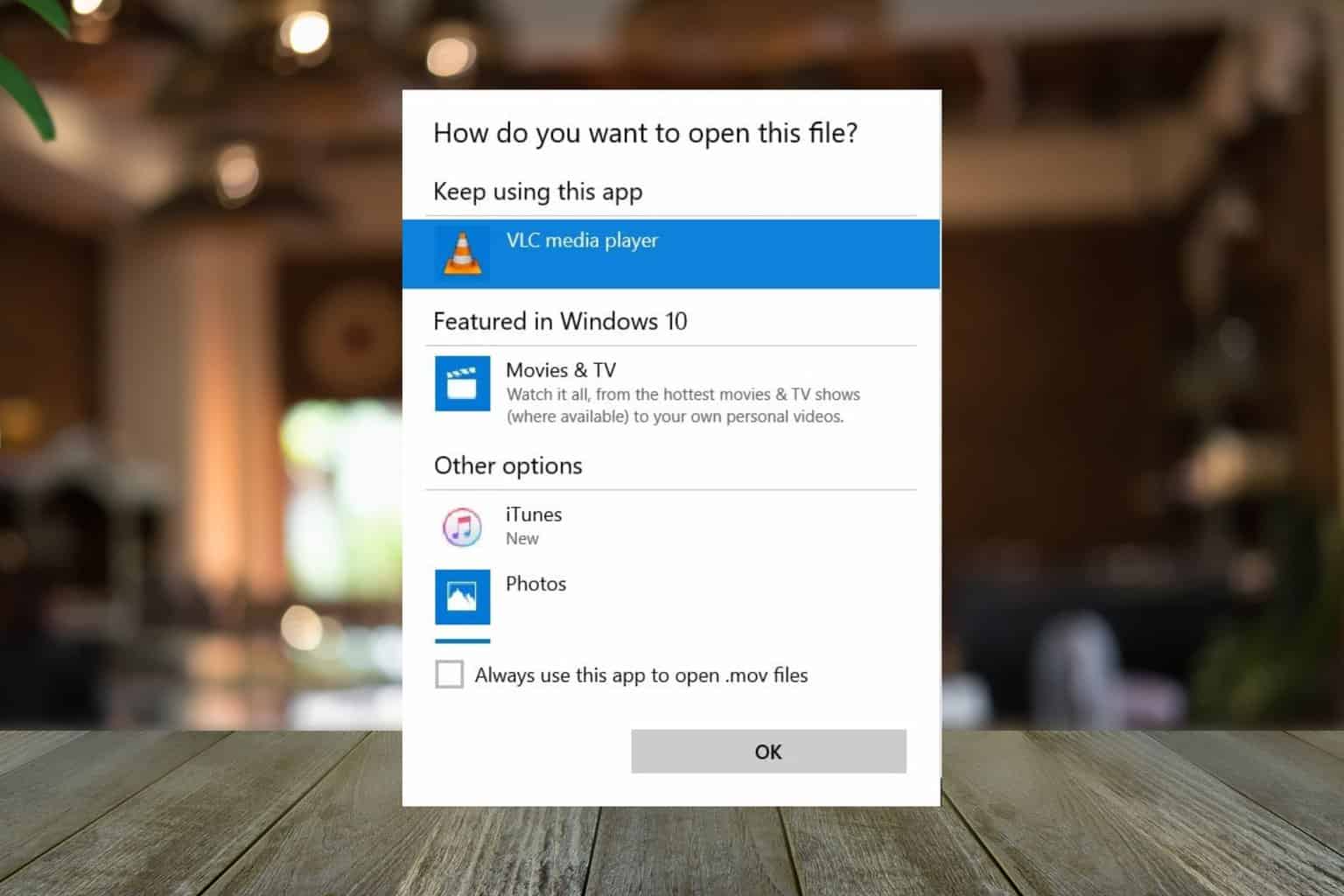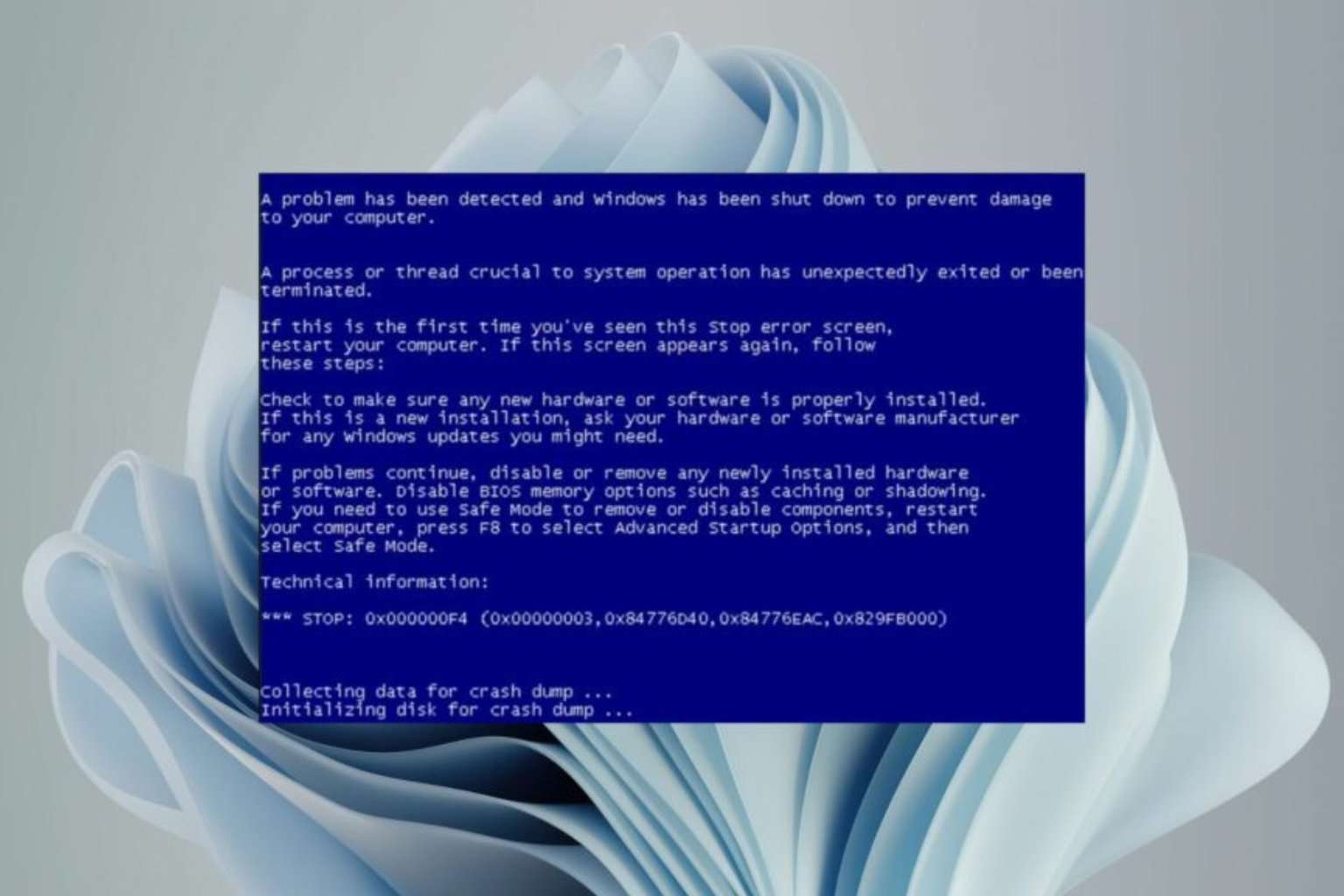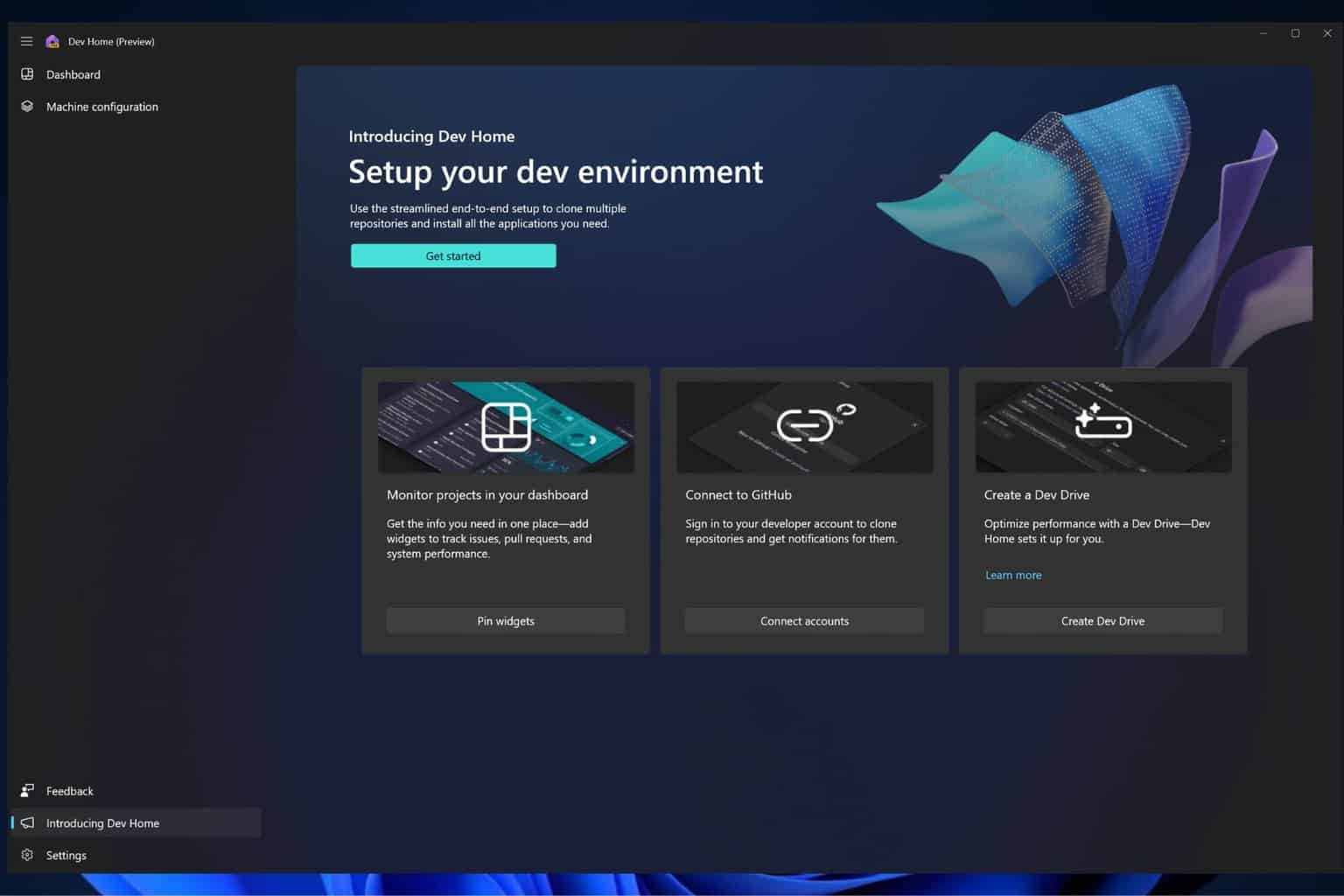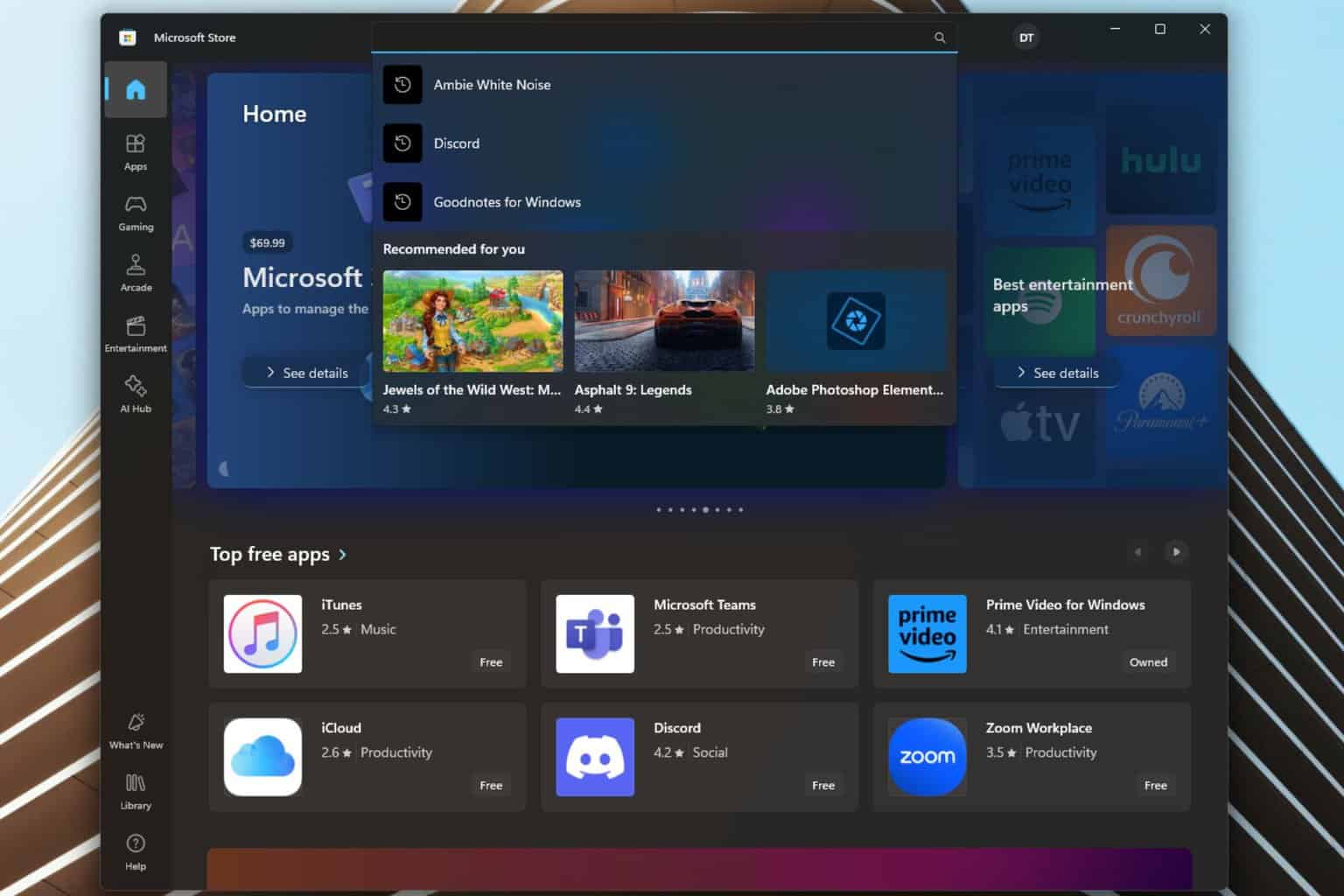Windows 10 22H2 Build 19045.4353 brings account-related notifications
The update was released on April 15, 2024
3 min. read
Published on
Read our disclosure page to find out how can you help Windows Report sustain the editorial team Read more
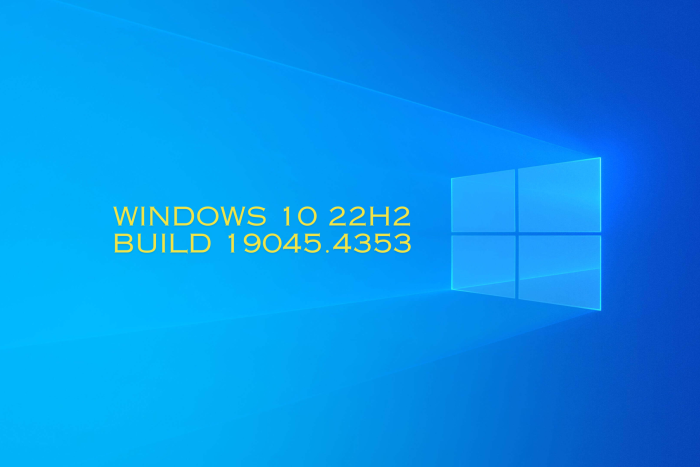
Microsoft released Windows 10 22H2 Build 19045.4353 (KB5036979) to the Release Preview Channel for Windows Insiders using version 22H2 on April 15, 2024.
With this update, you can see account-related notifications for Microsoft accounts under Settings> Home section.
A Microsoft account connects Windows to Microsoft apps, backs up all your data, helps you manage your subscriptions, and more. With the new feature, you will get updates like account status, security information, and recent activity related to your account security.
Furthermore, you will get updates related to your Microsoft subscriptions, like OneDrive storage or Microsoft 365. You will also get alerts about security settings and advice on enabling two-factor authentication or changing your password to improve the security of your account.
You will see the notifications in two places: the Start menu and Settings>Home.
If you want to disable notifications, go to Settings, then Privacy & Security>General. Under Notifications, look for the option related to Microsoft account notifications and disable it.
Here are the improvements and fixes introduced via this build:
- This update addresses an issue that affects app licensing. Because of this, Copilot in Windows (in preview) does not work as you expect.
- This update addresses an issue that occurs when your device resumes from Modern Standby. You might get the stop error, “0x9f DRIVER_POWER_STATE_FAILURE.”
- This update addresses a race condition that might stop a machine from starting up. This occurs when you set up a bootloader to start up multiple OSes.
- This update affects media allocations. It improves their memory granularity for some hardware setups. This lowers overcommitment. Also, performance is more efficient.
- This update addresses an issue that affects an accelerator backing store management path. A memory leak occurs that affects some devices.
- This update makes Country and Operator Settings Asset (COSA) profiles up to date for some mobile operators.
- This update addresses an issue that affects the container networking Address Resolution Protocol (ARP). It returns the wrong Virtual Subnet ID (VSID) for external ports.
- This update affects hypervisor-protected code integrity (HVCI). It accepts drivers that are now compatible.
- This update includes quarterly changes to the Windows Kernel Vulnerable Driver Blocklist file, DriverSiPolicy.p7b. It adds to the list of drivers that are at risk for Bring Your Own Vulnerable Driver (BYOVD) attacks.
- This update addresses an issue that affects Protected Process Light (PPL) protections. You can bypass them.
- This update addresses an issue that affects some wireless earbuds. Bluetooth connections are not stable. This occurs on devices that have firmware from April 2023 and later.
- This update addresses an issue that affects the Distributed Transaction Coordinator (DTC). A memory leak occurs when it retrieves mappings.
- This update addresses an issue that affects Windows Local Administrator Password Solution (LAPS). Its Post Authentication Actions (PAA) do not occur at the end of the grace period. Instead, they occur at restart.
- This update makes some changes to Windows Search. It is now more reliable, and it is easier to find an app after you install it. This update also gives you a personalized app search experience.
Are you not part of the Windows Insider Program yet? Check out this website to join the program and experience the features and updates before the official release.
What are your thoughts on these latest changes & updates, given that Windows 10 is approaching its end of life? Share your opinions with our readers in the comments section below.


